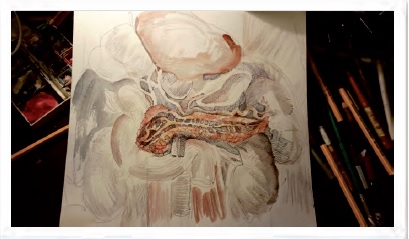Adenocarcinoma de páncreas
DOI:
https://doi.org/10.31837/relatos/8Keywords:
cáncer, páncreas, adenocarcinoma, epidemiología, tratamiento quirúrgico, diagnóstico, imagenología, drenaje biliar, duodenopancreatectomía, quimioterapia, tratamiento del dolor, laparoscopíaAbstract
received with great honor and responsibility the invitation to carry out the official story of the 67th Uruguayan Congress
of Surgery. Exposing this work to the surgical community has been a great challenge for me, in my capacity as
"Young surgeon".
On the other hand, to fulfill the expectations of the person who selected me for the realization of this story, a person for whom I feel
particular affection, it has been a great challenge for me.
The selection of the topic is based on the influence that Professor Hernán has had, after sharing years of work
Parodi, true master of national surgery. As his natural leader, not only has he infected us with passion
for the knowledge and approach to this pathology, with such a bleak prognosis and difficult treatment, but has
taught all the tricks about a surgery, at times strenuous, that he has acquired and developed over long
years of experience in treating this cancer. Without a doubt, Professor Parodi has successfully continued the
national school of hepatobiliopancreatic surgery from which he comes and has trained many of the surgeons who
at present they are dedicated to this specialty.
During the report we will refer to pancreatic adenocarcinoma and pancreatic cancer as synonyms, given their discharge
frequency within malignant tumors of the pancreas. It is a rare cancer but with a high mortality,
According to projections, it will be the second leading cause of death from cancer by 2030. Uruguay has a high
incidence rate in this pathology, having the "privilege" of occupying the second place in America.
Downloads


